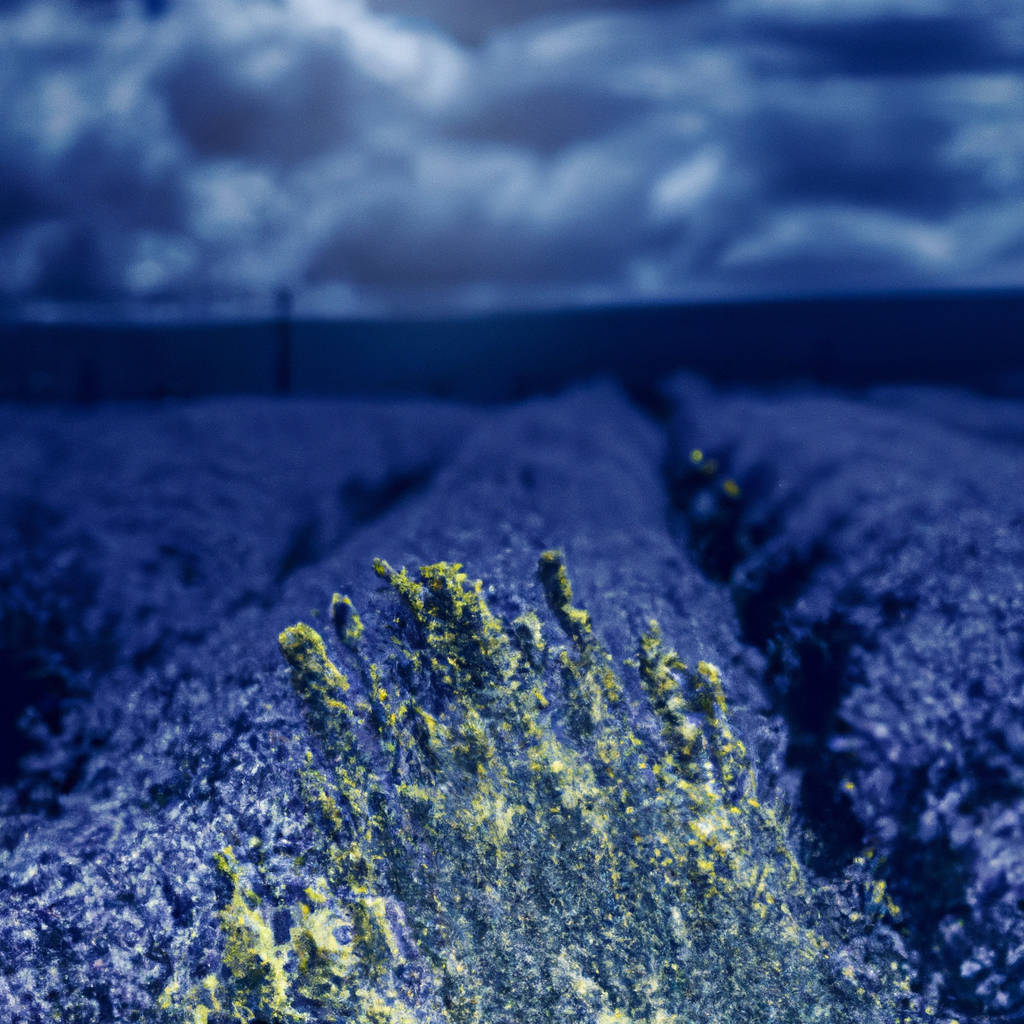Exploring wallpapers and themes for your desktop can be an exciting venture, a journey into personalizing your digital workspace to reflect your tastes, moods, and preferences. The vast spectrum of available themes range from minimalist designs to extravagant landscapes, abstract art to digital animations, and everything in between. The beauty of this customization lies in its flexibility, allowing you to transform your desktop’s aesthetic as frequently as you like. Wallpapers can serve as a source of inspiration or relaxation, providing a visually appealing backdrop while you navigate your digital tasks.
They can be a reflection of your personality, showcasing your favorite colors, quotes, or images that resonate with you. Themes, on the other hand, offer a more holistic transformation. Beyond just a wallpaper, themes can alter the appearance of your desktop’s icons, cursor, and overall color scheme, providing a cohesive, immersive experience. They often come in packages, with complementary wallpapers, icons and animations to deliver a unique user interface. Exploring these options can be an enjoyable task, with countless resources available online. Websites and applications dedicated to desktop customization offer vast libraries of wallpapers and themes, often categorized by style, color, or theme to aid your exploration.
Balancing aesthetics with functionality is important in this selection process; while you may be drawn to visually complex designs, they may also prove distracting during day-to-day use. Hence, it’s recommended to opt for designs that are visually pleasing but also allow for easy navigation and clarity. Moreover, it’s crucial to ensure that your chosen wallpapers and themes are compatible with your desktop’s operating system to ensure seamless integration. As you navigate this exploration, remember that your desktop is your digital canvas, a space that can be curated to reflect your personal style, inspire creativity, and enhance your overall digital experience.

Nature-Inspired Themes
Nature-inspired themes are a prevalent and cherished source of inspiration in various forms of creative expression such as art, literature, music, and design. These themes reflect the profound beauty and complexity of the natural world, invoking feelings of awe, tranquility, and sometimes, the raw power of Mother Earth. They serve as gentle reminders of the interconnectedness between humans and the environment, highlighting the importance of coexistence and respect for all living beings.
Artists and designers often turn to nature for inspiration, using its infinite patterns, textures, colors, and forms to create visually striking pieces. From the intricate symmetry of a snowflake to the vibrant hues of a sunset, nature provides an endless canvas of possibilities. Similarly, writers and musicians often incorporate nature-inspired themes into their work to convey specific emotions or narratives. The rustling of leaves in the wind, the serene beauty of a mountain range, or the simple elegance of a blooming flower can all be powerful metaphors for personal growth, love, loss, and other universal human experiences.
Moreover, these themes also play an essential role in promoting environmental awareness and sustainability. By celebrating the beauty and significance of nature in various forms of creative expression, we can encourage a deeper appreciation for the environment and inspire actions to protect and preserve it for future generations. Whether it’s a painting that captures the majesty of an ancient forest, a poem that describes the delicate balance of an ecosystem, or a song that evokes the soothing sound of ocean waves, nature-inspired themes serve as a poignant reminder of the precious gift that is our planet.
Overall, nature-inspired themes are a testament to the enduring influence of the natural world on human creativity, thought, and emotion. They allow us to explore and express our deepest feelings, foster a greater understanding of our place in the world, and ultimately, underline the need for a more harmonious relationship with nature.
Minimalist Wallpapers
Minimalist wallpapers have been gaining popularity due to their simplicity and elegance. These wallpapers represent the less is more philosophy, focusing on the essentials and removing any unnecessary elements. They embrace the notion of simplicity by using limited color palettes, simple shapes, and clean lines to create visually appealing designs. Minimalist wallpapers can help to reduce visual clutter on your desktop or mobile device, providing a calm and uncluttered backdrop that can enhance focus and productivity. They can be monochromatic, featuring a single color in varying shades, or they can incorporate a few contrasting colors for a more dramatic effect.
The subjects of minimalist wallpapers can range from abstract shapes and patterns to simple representations of natural elements or everyday objects. Even though the designs are simple, they can be very creative and unique, reflecting the individual style and personality of the user. Whether you prefer a minimalist geometric pattern, a simple landscape, or a stylized illustration, there’s a minimalist wallpaper to suit your taste. They are not only aesthetically pleasing but also versatile, blending seamlessly with different types of digital interfaces and themes. Minimalist wallpapers are a great choice for those who appreciate the beauty of simplicity and want a clean, clutter-free digital environment.

Abstract and Artistic Designs
Abstract and Artistic designs are the epitome of creativity, with their purpose extending beyond merely pleasing the eye. They serve as an outward expression of the artist’s inner thoughts, emotions, and perceptions of the world. This category of art is not restricted by the conventional boundaries of realistic portrayal. Instead, it ventures into a realm of imagination and abstraction, where the artist manipulates shapes, colors, textures and forms to create a visual piece that stimulates thought and evokes emotion.
The beauty of abstract and artistic designs lies in their subjectivity. Each viewer perceives these designs differently, leading to varied interpretations. The viewer is compelled to engage with the piece, to delve into the depths of their mind to decipher the hidden meaning(s), if any, or simply to appreciate the aesthetic appeal. This interaction between the viewer and the artwork makes abstract and artistic designs deeply personal and emotionally stirring.
Over the years, these designs have found wide applications. From adorning the walls of art galleries and museums to being incorporated in everyday objects like clothes, furniture, and accessories, they have become an integral part of modern design language. In the digital world too, they are widely used in website designs, digital marketing, video games, and animation, to create visually captivating and engaging content.
In the realm of abstract and artistic designs, there are no set rules or standards. The only limitation is the artist’s imagination. This freedom gives artists the liberty to experiment with different mediums, techniques, and styles, leading to the creation of unique and innovative designs. Whether it’s the chaotic beauty of Jackson Pollock’s drip paintings or the surreal landscapes of Salvador Dali, abstract and artistic designs continue to push the boundaries of creativity, challenging our perceptions of reality and art.
Seasonal and Holiday Themes
Seasonal and holiday themes are a significant part of various cultures across the globe. They provide an opportunity for individuals, families, and communities to come together and celebrate in unison. Each season and holiday carries with it a unique theme that is often depicted through decorations, food, clothing, and activities. For instance, during the winter season, themes often revolve around snow, cold weather, and holidays like Christmas, Hanukkah, and New Year. This is typically represented by sparkling lights, warm, comforting meals, and festive adornments.
In contrast, the spring season is associated with rebirth and renewal, with holidays like Easter and events like cherry blossom festivals. Themes during this season often include blooming flowers, pastel colors, and outdoor activities. Additionally, the summer and autumn seasons carry their own distinctive themes, ranging from beach and tropical themes during the hot summer months to harvest, falling leaves, and holidays like Halloween and Thanksgiving in the autumn.
Holiday themes not only add to the festive spirit but also help in creating a sense of community and belonging. They often reflect historical, cultural, and religious significance, educating people about the traditions and customs associated with the particular holiday or season. Whether it’s the vibrant colors and lively spirit during a summer carnival, the haunting allure of Halloween, the joyous anticipation of Christmas, or the thankful gathering of Thanksgiving, seasonal and holiday themes play a key role in bringing people together, evoking certain emotions, and creating lasting memories.
Furthermore, these themes are not just limited to personal or community celebrations. They are commonly used in marketing and business strategies, with companies often redesigning their products or services to align with the current season or upcoming holiday. This not only attracts customers but also allows businesses to connect with their audience on a more personal level. In conclusion, seasonal and holiday themes are an integral part of our lives, contributing to our cultural identity and community spirit.

Customizable and Personalized Options
In the current consumer climate, customizable and personalized options play a pivotal role in the decision-making process. These options, which allow consumers to tailor products and services to their unique preferences, are becoming increasingly popular in various industries. No longer satisfied with one-size-fits all solutions, today’s consumers demand a more individualized approach that caters to their distinct needs and desires. It is the era of customization, where the power is shifting from the manufacturer to the consumer.
For instance, in the fashion industry, consumers can now modify their clothing to fit their style and body shape, creating a garment that is truly one-of-a-kind. Similarly, in the automotive industry, consumers can choose from a range of features to create a vehicle that matches their specific requirements. From color and design to performance and technology, the options are practically limitless. Even in the digital realm, where software and applications can be tweaked to suit the user’s needs, customization is key.
This trend of personalization not only enhances customer satisfaction but also fosters brand loyalty. When customers are able to tailor products to their liking, they feel more connected to the brand and are more likely to make repeat purchases. This strategy also gives businesses a competitive edge in the market, as it allows them to stand out from the crowd and offer something truly unique to their customers.
Despite the benefits, there are challenges associated with offering customizable options. It requires a more flexible manufacturing process and can also lead to increased costs. However, if managed effectively, the benefits can far outweigh the drawbacks. Customization is no longer a luxury, but a necessity in today’s consumer-driven market. Companies that embrace this trend and offer personalized options are likely to thrive in this new era of customization.
High-Resolution and 4K Themes
High-resolution and 4K themes are a transformative advancement in the digital world, particularly in the realm of visual media. These terms represent image clarity and quality at their pinnacle, with high-resolution referring to the sharpness of an image, and 4K defining the ultra-high definition of digital content. High-resolution images have an incredible level of detail, which is determined by the number of pixels or points of color contained within them. 4K, on the other hand, is a professional production and cinema standard that offers 4096 x 2160 pixels, four times the resolution of the current high-definition (1080p) TV.
These themes are increasingly popular in many areas such as gaming, film production, and even web design. In gaming, high-resolution and 4K themes provide players with stunning visuals that enhance their immersive experiences. Film production also benefits from the use of 4K themes as it allows for more detailed and visually impressive scenes. Meanwhile, in the sphere of web design, high-resolution themes make websites look sharper, smoother, and more attractive to users.
The rise of high-resolution and 4K themes is also linked with the proliferation of high-definition monitors and screens. These screens can display a great amount of detail, allowing users to fully appreciate the nuances of high-resolution and 4K content. Streaming platforms have also started to offer 4K content, which requires a significantly higher bandwidth than traditional HD content, but delivers an unparalleled viewing experience.
In summary, high-resolution and 4K themes represent an exciting era of visual fidelity and immersive experiences in digital media. These advancements promise to revolutionize how we consume and produce visual content, and shape the way we interact with the digital world in the future.

Conclusion
A conclusion serves a crucial role in any form of writing, be it a research paper, essay, report, or presentation. It is the final point of your argument or the last part of your study, letting your audience know that you’ve reached the end of your discourse. A well-written conclusion provides a sense of closure, neatly tying up all loose ends and summarizing the main points of your argument or findings without introducing new material. It is where the author can leave a lasting impression, provoke thought, or encourage further research.
A compelling conclusion can strengthen the impact of your work, making it more memorable and persuasive. However, crafting a powerful conclusion requires more than just repeating the points made earlier. It should synthesize the information presented, draw meaningful insights, and point towards the broader implications of your work. Furthermore, a conclusion can also provide a space for the writer to express their personal stance, reflections, or recommendations regarding the topic at hand. Therefore, a conclusion is not merely the end of a piece of writing but a vital element that shapes the overall effectiveness and influence of your work.
